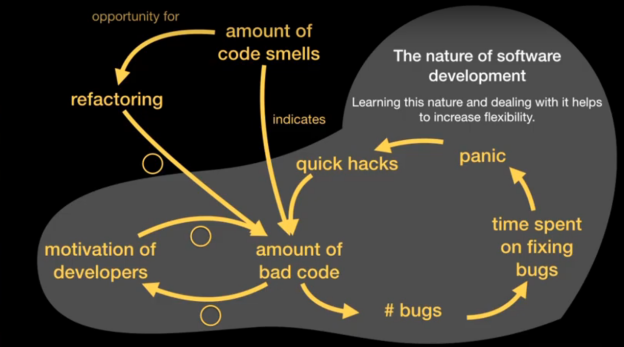With our first sprint under our belts, our team is excited to dive into more advanced features. A majority of this sprint was spent learning some new technology, getting our heads around the project’s documentation and workflow, as well as learning to work as a team. However, we also made some strides in implementing our final product.
My contributions
Discussion about whether an issue was a duplicate or if it was a typo, and subsequent editing of the issue.
Commenting with documentation for date format for future reference, which occurred during an in-person discussion.
Request to take care of an issue that was already assigned, in an attempt to complete the tasks at the top of the board first.
Opening an issue that was discovered while committing with a new .gitignore file.
Reviewing and marking an issue to find approved colors and logos as done after completion.
Implementing a stub and merging after approval.
Discussing issues during approval of another feature and merging manually.
Retrospective
As a team and individuals, we are all excited about this project. We all bring our own interests, skills and knowledge, which come with our own quirks and blind spots. This occurs on any team, but it is nice to acknowledge this in ourselves and in our teammates so that we can become more willing to spot them in each other. This allows us to delegate work that we need, ask for help when we need it, and call each other out when we are going down a rabbit hole that is a dead end. I may be the worst offender in this, because I would sometimes slow myself down getting caught up in unnecessary details. I wouldn’t resent my team for telling me I’m worrying too much. I personally feel I could also be better at describing what I’m worrying about.
This experience during this sprint opened up a possibility for improvement for our next sprint planning: more detailed descriptions of “done”. Being new to the format, we tried to shoehorn our issues into a standard template that we were provided. Using only the “given, when, then” Gherkin format, we didn’t get a chance to fully express what we wanted done. Elaborating more in the initial issue will help our focus and prevent worrying about adjacent, unrelated issues, solely due to thinking about each problem in more detail. For example, our stubs didn’t include any testing as part of the definition of done, but luckily we felt that this was reasonable and included them, rather than creating a new issue. I am of the opinion that for software to be complete, some testing should be associated with it. We will create a nightmare down the line if we aren’t careful with this, and should be more clear when defining our issues.
Much of our work was also done as a team, together in the same room. This forced us to remember to document our discussions and decisions in GitLab after the fact. We could have been more diligent in this regard. Although many of the solutions seemed obvious to us, documentation on our reasoning could be important for future developers. I enjoy working in person with a team because it facilitates quick discussion, but I feel we should either discuss more over GitLab or hold each other accountable for documentation after a decision is made as a team.
We are all feeling pressure to finish something we are proud of by the end of the semester. I think this contributed to some of the worrying and long discussions we had on features.
Making matters worse, was that other teams were likely having the same issues we were in adjusting to the new project. I think we handled this rather well and had some good back-and-forth about API design and the features we were planning on finishing. Again, this could have been better documented on GitLab for future reference. Some of this occurred in Discord, and will be lost in a sea of other messages. The less-obvious decisions were luckily documented in GitLab, such as the design of the ApproveGuest Module API. I would have liked to see more back-and-forth between our two groups in the discussion, instead of an abrupt approval of the feature.
This was a short sprint with an emphasis on learning, so thankfully we will be able to improve on these issues and focus on our strengths in the next longer sprint, which should get us close to a working product.
From the blog CS@Worcester – Inquiries and Queries by James Young and used with permission of the author. All other rights reserved by the author.

